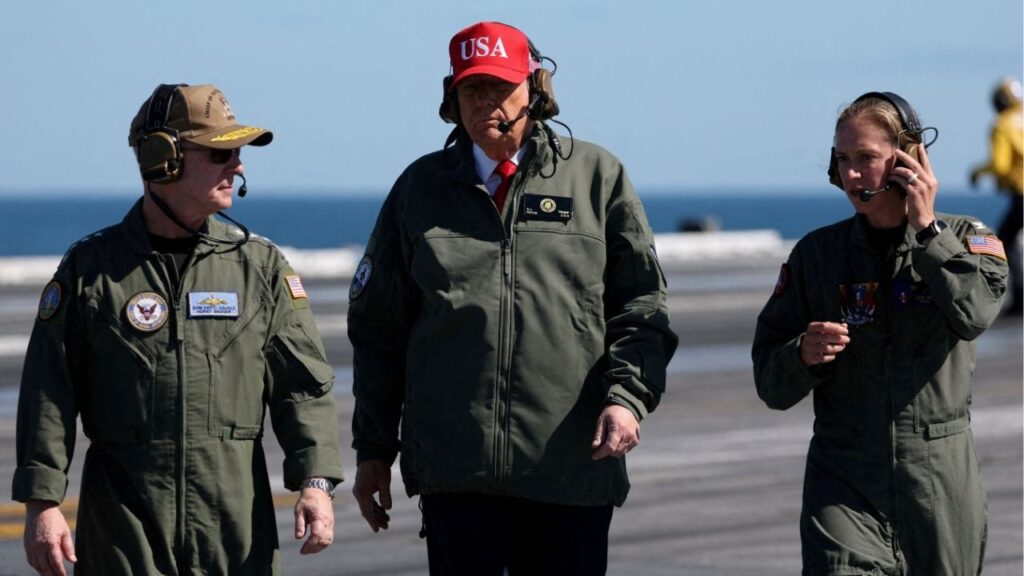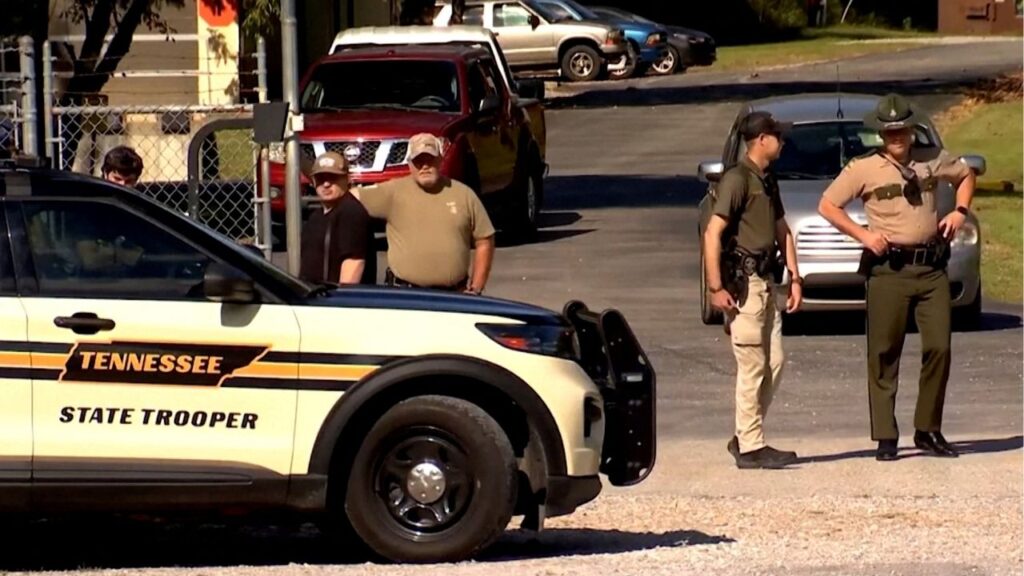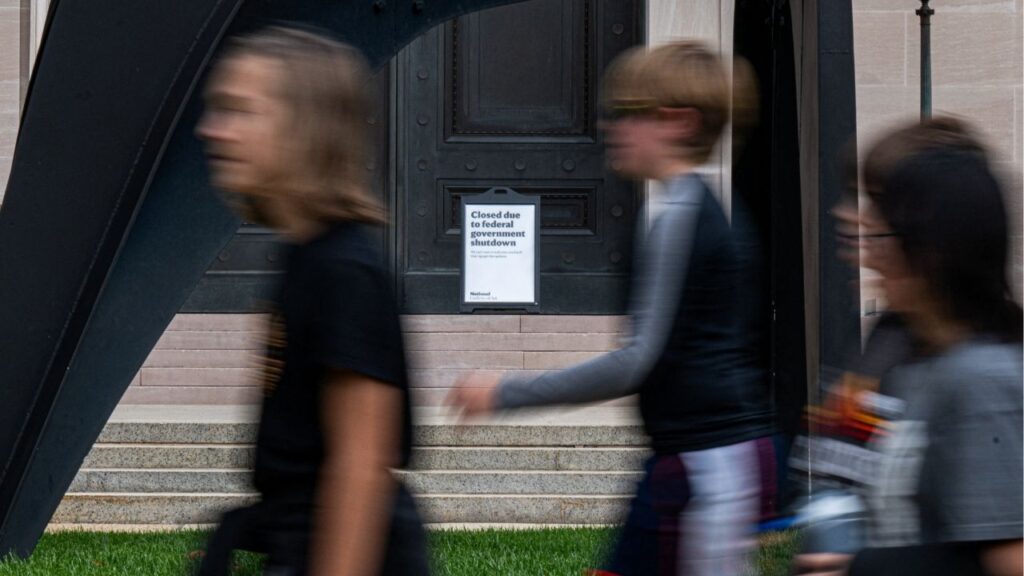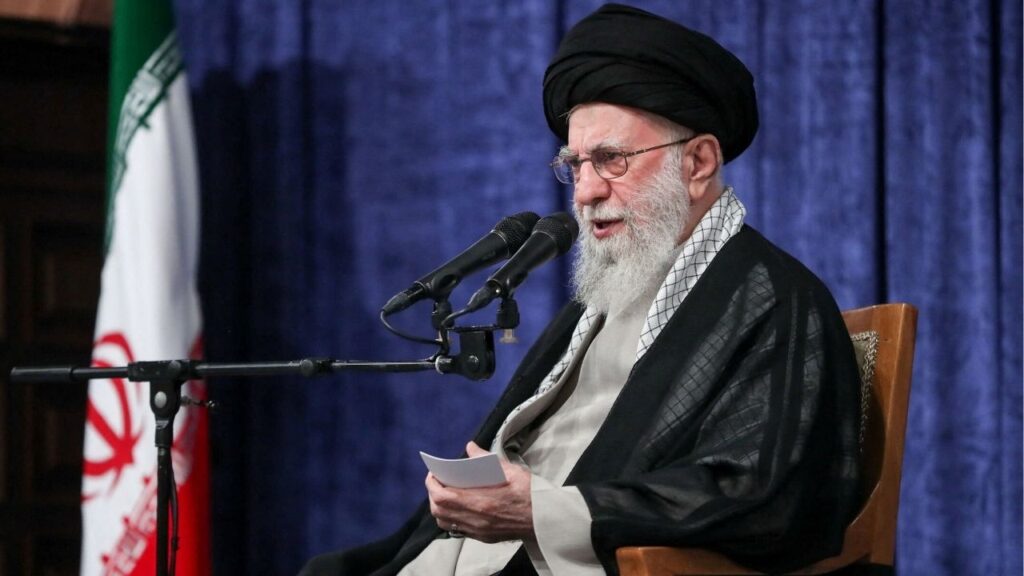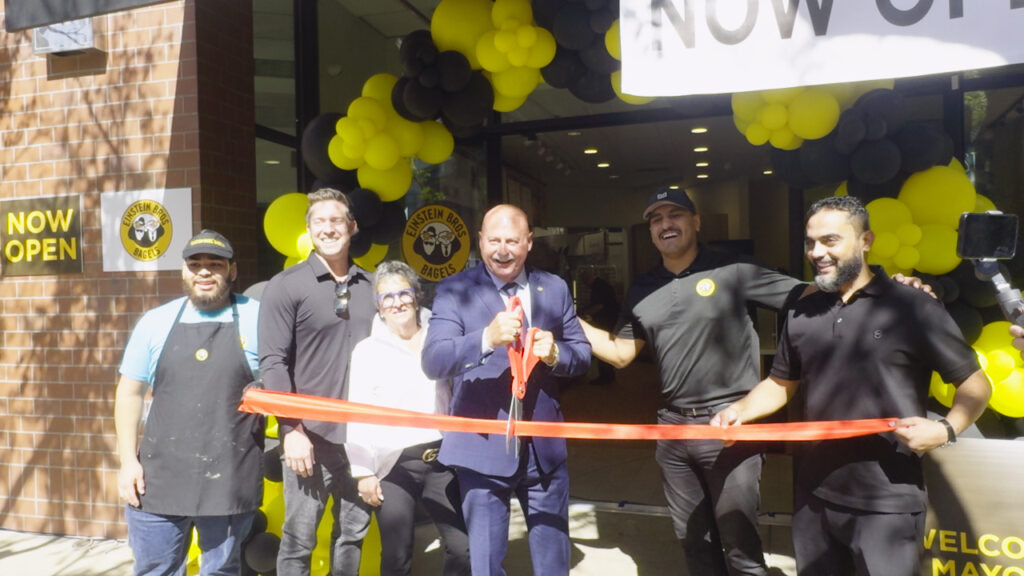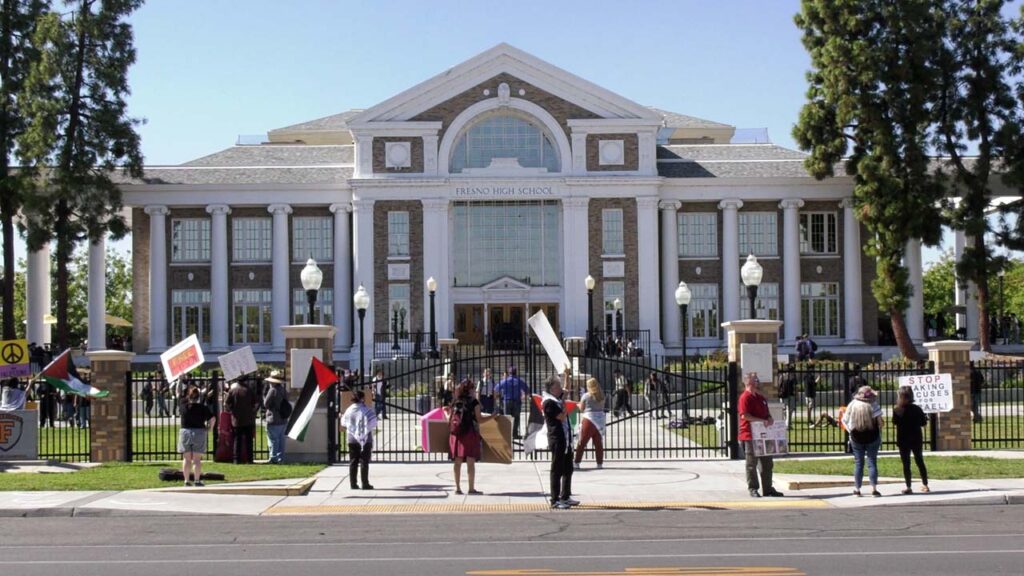Share
Los Angeles Times Subscription
SEOUL — Dr. Lee Ju-hyung has largely avoided restaurants in recent months, but on the few occasions he’s dined out, he’s developed a strange, if sensible, habit: whipping out a small anemometer to check the airflow.
It’s a precaution he has been taking since a June experiment in which he and colleagues re-created the conditions at a restaurant in Jeonju, a city in southwestern South Korea, where diners contracted the coronavirus from an out-of-town visitor. Among them was a high school student who became infected after five minutes of exposure from more than 20 feet away.
The results of the study, for which Lee and other epidemiologists enlisted the help of an engineer who specializes in aerodynamics, were published last week in the Journal of Korean Medical Science. The conclusions raised concerns that the widely accepted standard of six feet of social distance may not be far enough to keep people safe.
The study — adding to a growing body of evidence on airborne transmission of the virus — highlighted how South Korea’s meticulous and often invasive contact tracing regime has enabled researchers to closely track how the virus moves through populations.
By Victoria Kim | 9 Dec 2020
RELATED TOPICS:
Categories

Reggie Bush the Rescue Dog Is Ready for His Forever Team

Trump, 79, Has “Cardiac Age” of 65-Year-Old, Doctor Says







